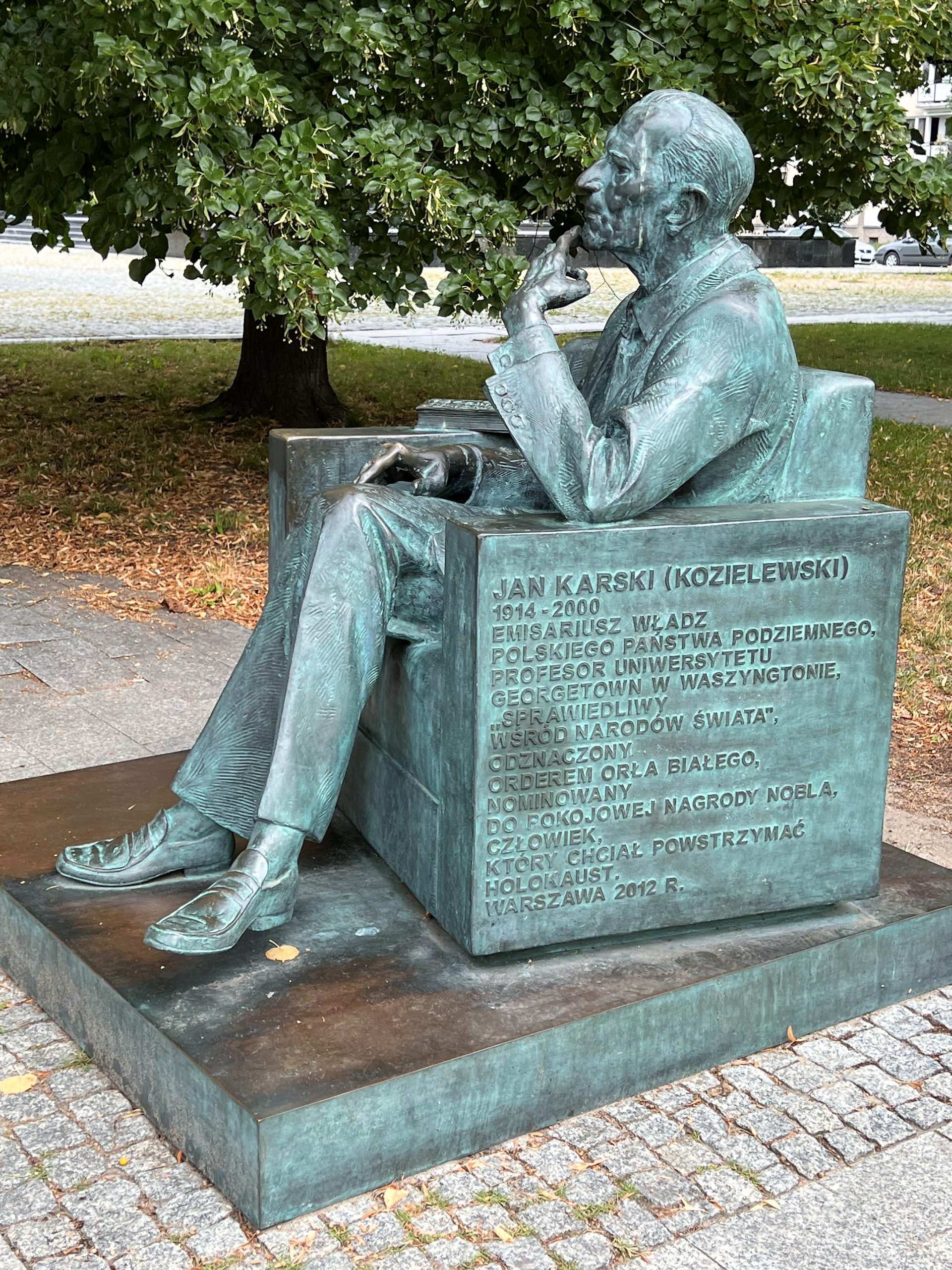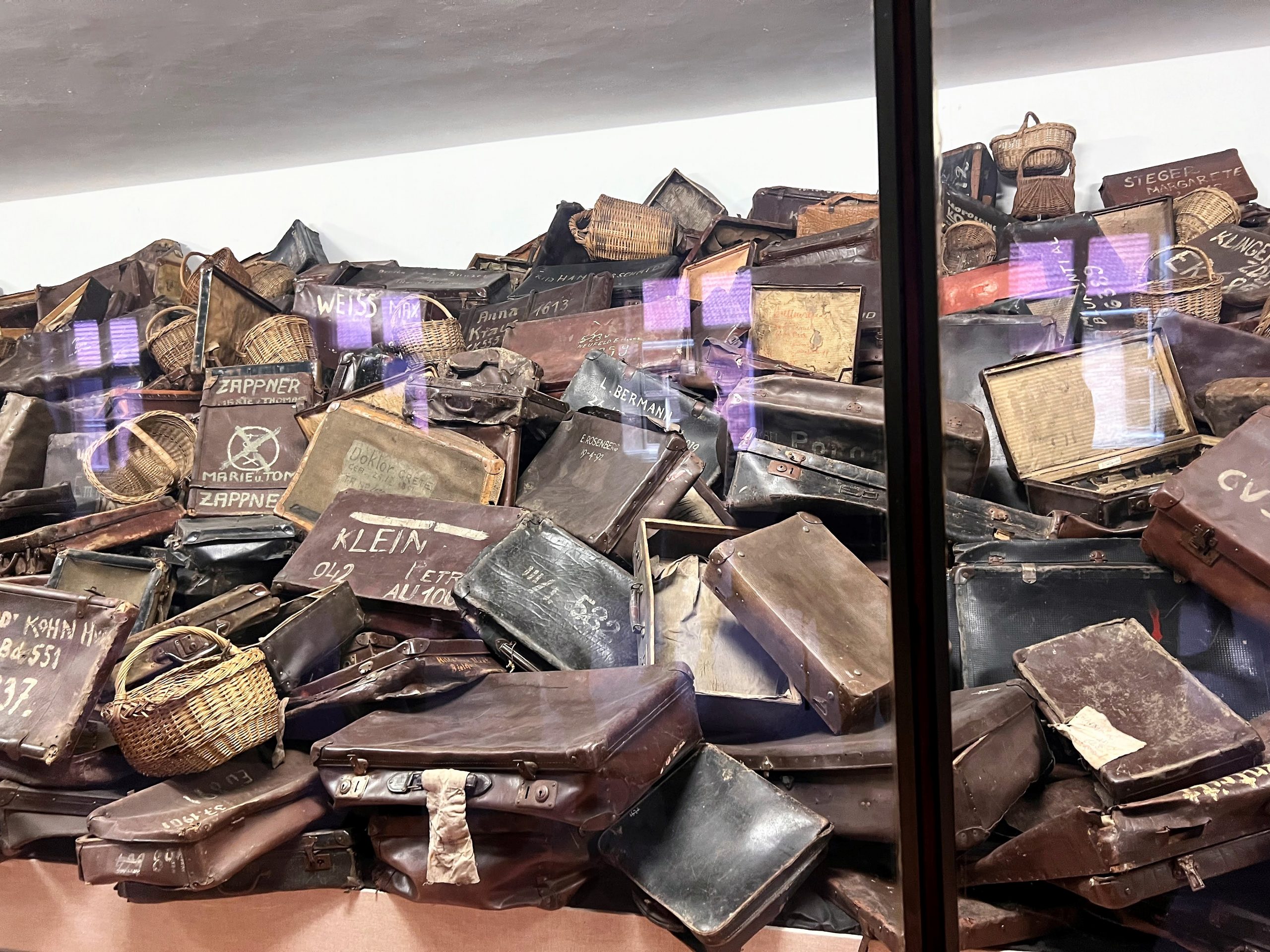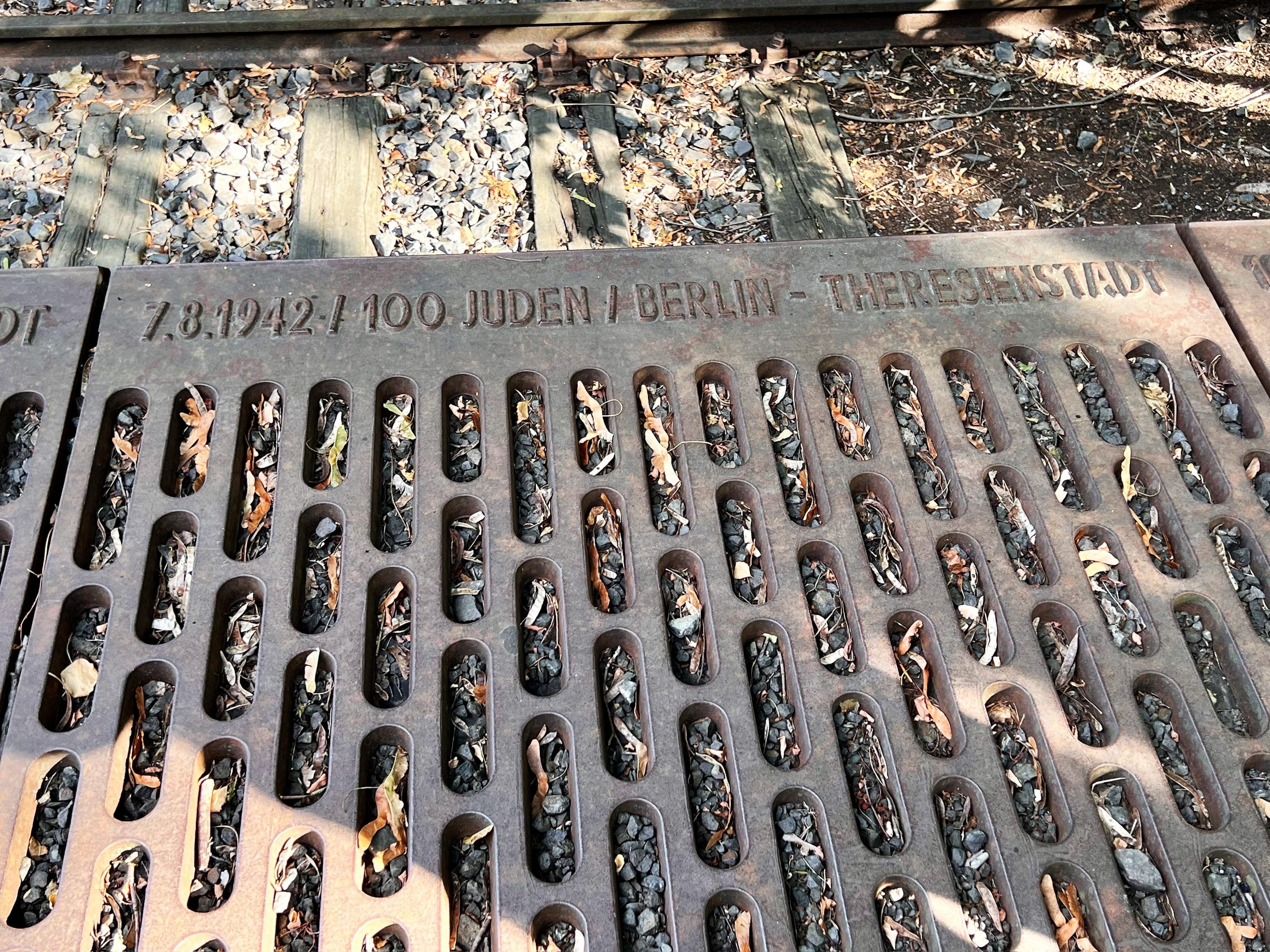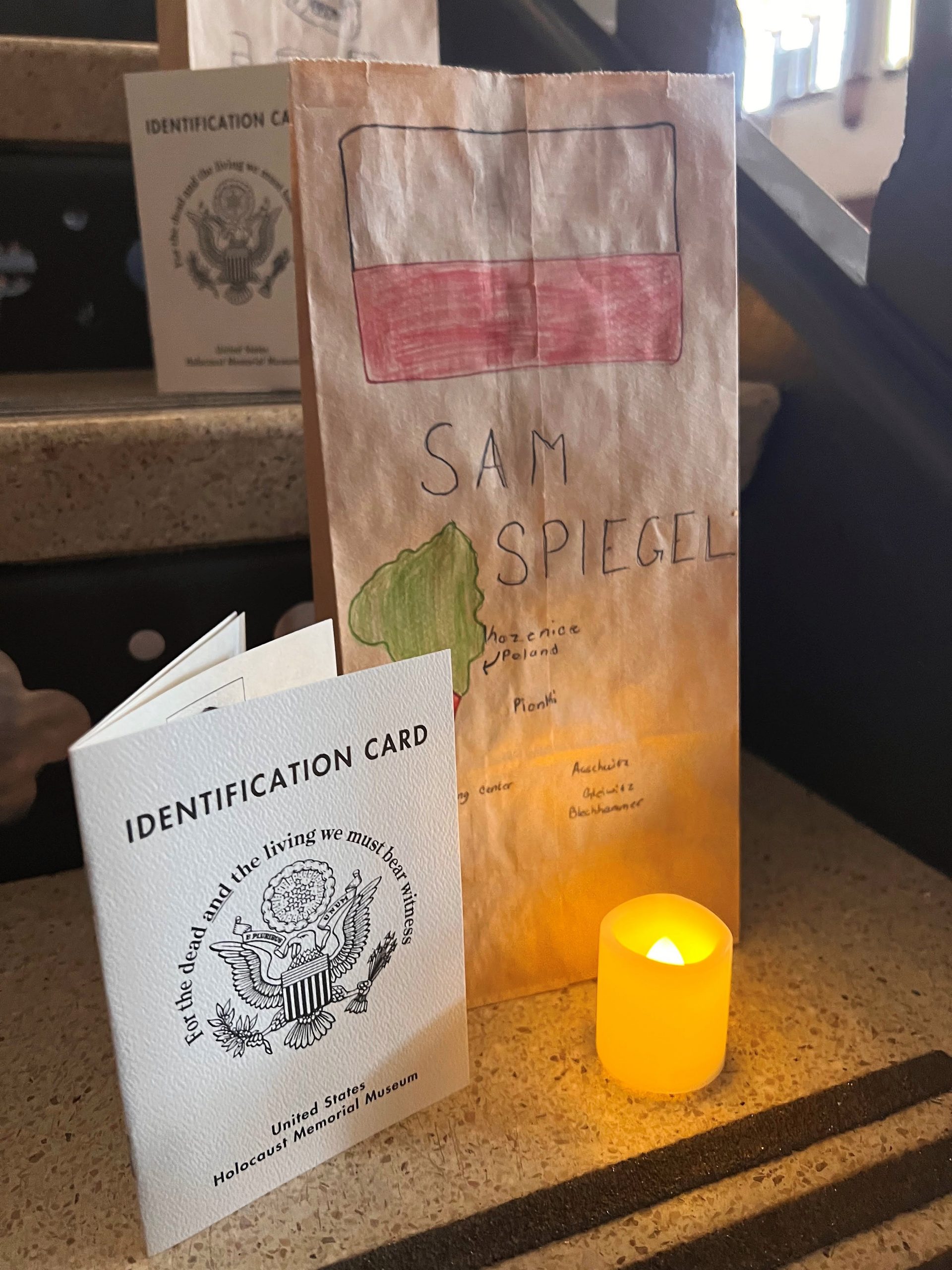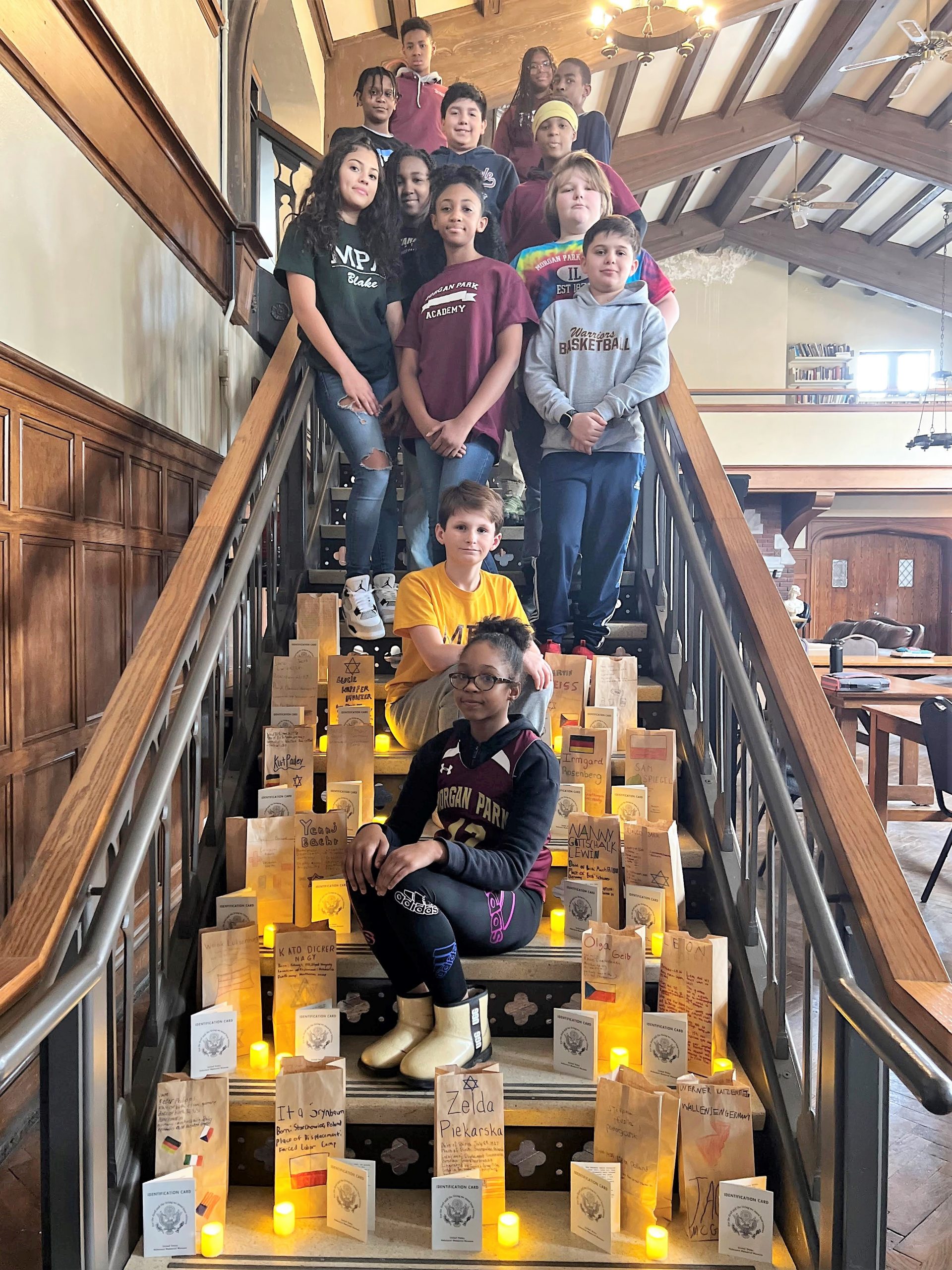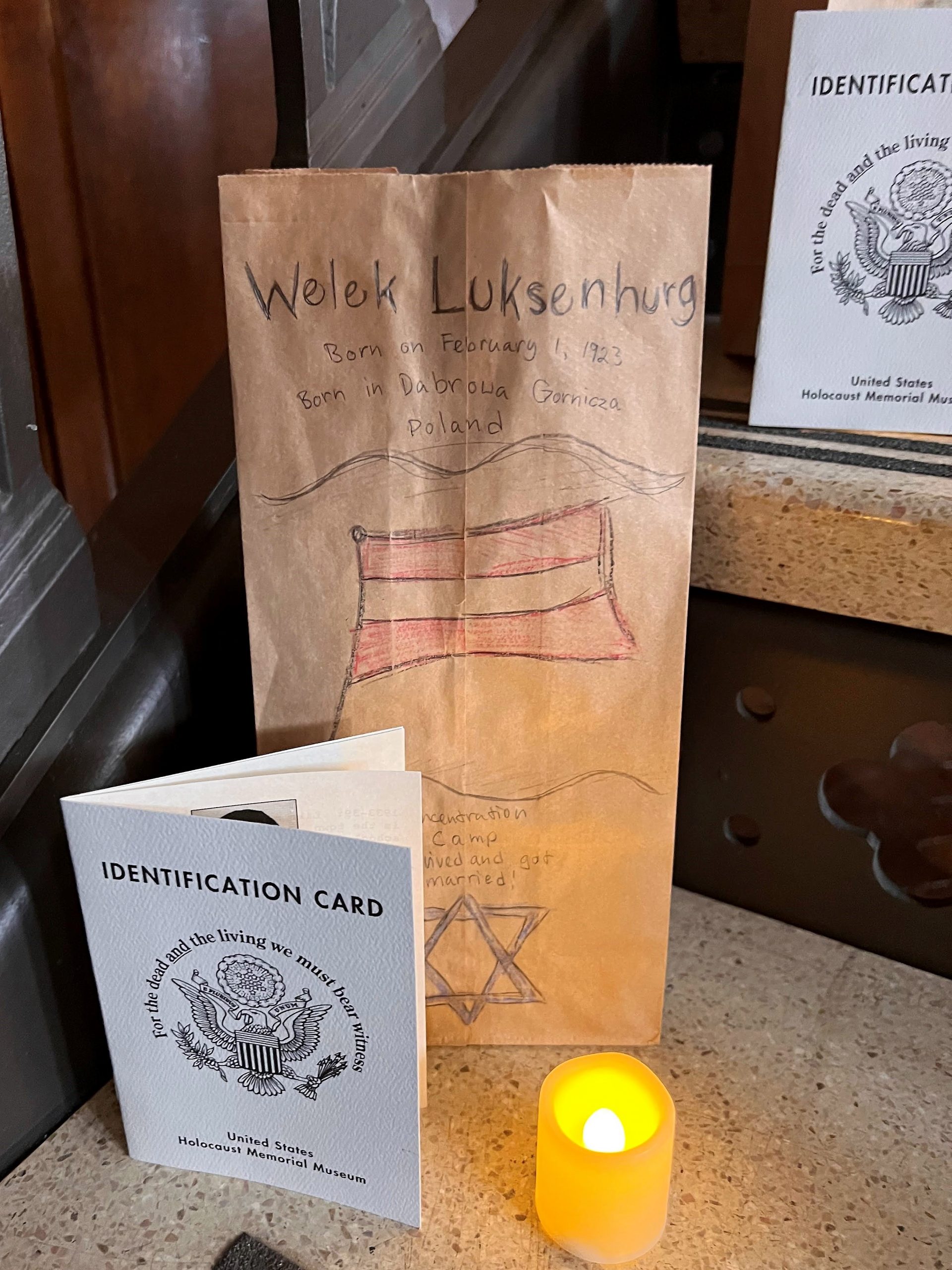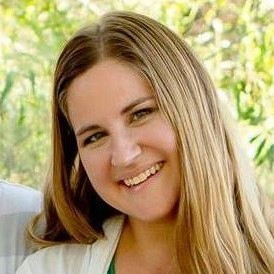“To forget would be not only dangerous but offensive; to forget the dead would be akin to killing them a second time.” — Elie Wiesel, Night
“It has been almost 80 years since the end of WWII and the horrors of the Holocaust. The survivors of a people’s systematic and institutional genocide are passing away, and their stories are being forgotten. However, the perpetration of genocide and intolerance continues throughout our world. Unfortunately, it seems that the lessons of the past have been pushed aside at times. It is the duty of every educational institution, including our own, to teach and remind students of the history so that they, and those who come after them, actively speak and work to prevent such events from happening again.”
These were the first sentences of the grant proposal submitted by Sandi Burgess and Marymargaret Mineff, teachers at Chicago’s Morgan Park Academy. With a $10,000 Fund for Teachers grant last summer, they gathered materials, impressions, and insights pertaining to the Holocaust across eight European countries to inform the creation of a student-led podcast series around the Five Steps to Genocide.
They shaped their itinerary based on Holocaust sites of deportation, cultural and artistic loss, memorialization and remembrance, and/or forced labor and experimentation with the goal of providing students with primary resources connected to themes of identity, choice, and responsibility. Experiencing sites in Germany, Poland, Austria, Czechia, Hungary, The Netherlands, Belgium, and France surfaced more than historical awareness.
“I think that while I was going through all of these different countries, I saw how each country had chosen to address their truth by maybe not taking away their bias,” Sandi reflected. “As a history teacher I am constantly trying to view history through so many lenses and to address my own bias and saw the result of what happens when you don’t.”
- The Oscar Schindler Factory
- The memorial to one of Sandi’spersonal hero of mine, Jan Karski, who risked his life to get the word out about concentration camps and deporatations of Jews.
“I know a lot about the Holcaust from scholarly study, but seeing these spaces really made me look differently at the ‘facts’ as I know them,” added Marymargaret. “For example, we could not figure out why Budapest was so ‘different’ from the other places we visited and stayed until we realized that 95% of Budapest Jews did not survive and so the ‘ghetto’ never was repopulated after the war.”
- Stacks and stacks of luggage that Jewish people brought with them to Auschwitz.
- A memorial at the Berlin deportation site that shows the date and camp site Berlin Jews were sent. They took this picture on August 7, 2022, 80 years to the day.
Students are now using these materials in their research and scriptwriting as they curate a series of episodes outlining the history of the Holocaust for middle school and high school peers.
“Our school has a new makerspace and expanded technology center, which contains a small recording studio with video and audio capabilities,” the teachers explained. “Students are using this studio to produce the podcast series. We are also collaborating with our IT and music/broadcasting teacher, who will also be bringing back our
in-house internet radio station.”
Teams of students are now in the process of creating and producing 12-15 episodes on one of five topics:
1. Resistance
2. Rescuers
3. Cultural Genocide
4. Children as Victims, and,
5. Remembrance and Memorialization
Today, for International Holocaust Remembrance Day, Marymargaret and Sandi’s middle school students remembered those who died in the Holocaust with a special ceremony. Students created luminary bags for individuals using small biography cards distributed by the United States Holocaust Museum and Memorial to create their own symbols of remembrance.
“Holocaust education is important and has been important for a long time, but I feel an especially urgent call for Holocaust education in today’s world,” Sandi said. “I hope that from this unit and its projects, our students will share what they have learned with their families and friends. I also hope that their podcast series is a hit and is used by other schools and organizations seeking to help middle level students understand the significance of this history.”
[minti_divider style=”1″ icon=”” margin=”20px 0px 20px 0px”]
Marymargaret and Sandi documented their fellowship on Instagram. For more of their learning and photographs, visit @sburgessmpa.

